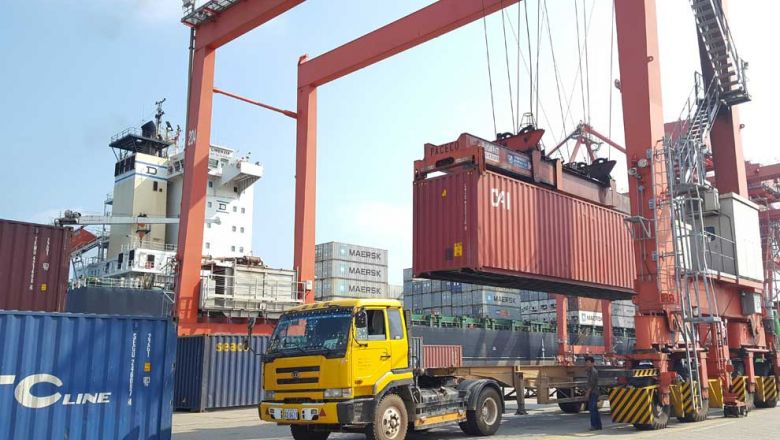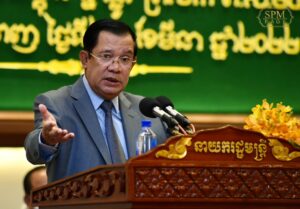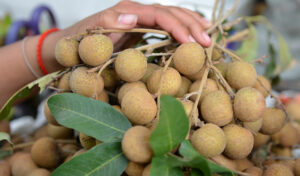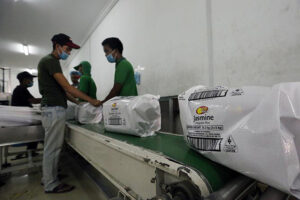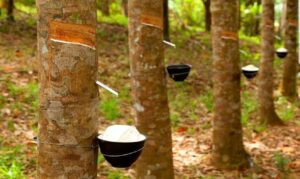Kingdom in rubber forecast project
Cambodia has signed an agreement on a project to assess and forecast the impact of climate change and labour availability in natural rubber production chains in Southeast Asia, to promote growth and development in the regional sector, according to the General Directorate of Rubber on September 5.
The agreement was signed two days earlier by directorate deputy director-general Khun Kakada and Ophelie Bourhis, country director for Cambodia at Agence Francaise de Developpement (AFD), the development arm of the French government.
The document was signed under the chairmanship of Him Oun, head of the directorate, and Eric Gohet, Forsea Project Coordinator for French Agricultural Research Centre for International Development (Cirad).
Kakada, who is also the inaugural chairman of the project implementation team for Cambodia, Thailand and Vietnam, noted that Forsea is to be implemented in the three rubber-growing countries, with plans to expand to Laos and Myanmar down the line.
He said the Forsea project was designed to study the detailed characteristics surrounding the state of rubber plantation development in the region and how it is affected by different configurations of climate change processes and labour market.
He added that the project will also identify relevant problems and appropriate solutions to mitigate the impacts of these changes and provide basic information to the public, private sector and relevant players involved in the management of investment policy decisions, to develop sustainable rubber plantations based on forecasts.
“This three-year project will provide a number of benefits, such as addressing the impact of labour shortages and adaptations to climate change, improving the sustainability of rubber production and the livelihoods of rubber farming households in rural areas, and helping build the capacity of professionals and officials in countries that will implement the project in the future,” Kakada said.
You Ratha, a rubber farmer in Stung Treng province, said this year’s rubber yield was likely to be lower than last year’s due to heavy rains, but noted that the price of rubber rebounded slightly compared to last year, at an average price of 3,200 riel ($0.80) per kilogramme.
Last year, that price tag was 2,800 riel per kilogramme.
Ratha said: “In the province, I do not face a shortage of labour because most rubber plantations are family-run.”
As of last year, there were around 14.1 million hectares of rubber planted worldwide, up by around 80 per cent from 30 years ago. That growth significantly picked up pace over the last decade, according to the International Rubber Study Group (IRSG).
It noted that rubber is the most rapidly expanding tree crop in mainland Southeast Asia, namely Cambodia, Laos, Myanmar, Vietnam, Thailand and Yunnan, the southwesternmost province of China.
The IRSG reported on July 29 that the global rubber demand from the tyre sector is expected to rebound by 7.2 per cent in 2021 from a sharp 7.3 per cent drop seen last year over 2019.
It said an even stronger recovery is forecast for the non-tyre sector, at 7.6 per cent, buoyed by an extended surge in demand for rubber products in the global healthcare industry and a stronger recovery in the supply chain of mobility.
Global rubber demand is projected to rebound by 7.4 per cent this year and moderate to 4.7 per cent in 2022 under the International Monetary Fund’s base case scenario. Phnom Penh Post



